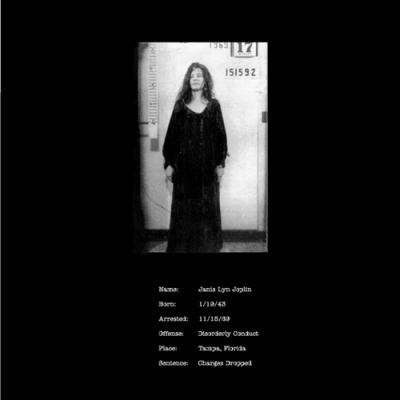 I would like to conclude by thinking through the experiences in Michigan (where we sat for two-plus days in an isolated, quiet, and window-less conference room while each participant took an hour or more to present her work, and we listened and responded with heightened focus) as a way to also see some of the notable dark spots that are by definition lost to the eye within our (new) place of feminist hyper and over-visibility. Critically, these eleven women were significantly older than your typical “YouTube feminist.” Each had an institutional home that she may have fought to achieve over most of her career, that she had made herself by creating this counter-institution on her own or with others, or that she was precariously connected to or even retiring from. But notably, the diverse feminist media activism of this group shares certain core values, practices, and infrastructures quite different from the ones I have mapped through YouTube thus far, ones which signal time, space, connection and attention as core:
I would like to conclude by thinking through the experiences in Michigan (where we sat for two-plus days in an isolated, quiet, and window-less conference room while each participant took an hour or more to present her work, and we listened and responded with heightened focus) as a way to also see some of the notable dark spots that are by definition lost to the eye within our (new) place of feminist hyper and over-visibility. Critically, these eleven women were significantly older than your typical “YouTube feminist.” Each had an institutional home that she may have fought to achieve over most of her career, that she had made herself by creating this counter-institution on her own or with others, or that she was precariously connected to or even retiring from. But notably, the diverse feminist media activism of this group shares certain core values, practices, and infrastructures quite different from the ones I have mapped through YouTube thus far, ones which signal time, space, connection and attention as core:
- SEQUESTERED feminism where the environment to share the work is small, closed, respectful, and supportive.
- SLOW feminism during which we took time, were not rushed, and no one multitasked; we listened, watched and were focused (thanks to Meena Nanji for this term and the previous one).
- RESEARCH feminism where work is anchored in (often) funded and mostly multi-year engagements
- AESTHETIC feminism where the refinement of a personal practice takes place in conversation with other artists and traditions
- HISTORIC feminism that knows and marks where it comes from
- PLACED feminism grounded in and connected to a lived or political community
- VERSIONED feminism occurring over time and in conversation with other work, changing audiences, and history
Don’t get me wrong, I’ve already suggested that everything and everybody is on YouTube, which by definition puts all of these women, their methods, and projects there, too (or not if they inhabit the dark space by choice or exclusion).